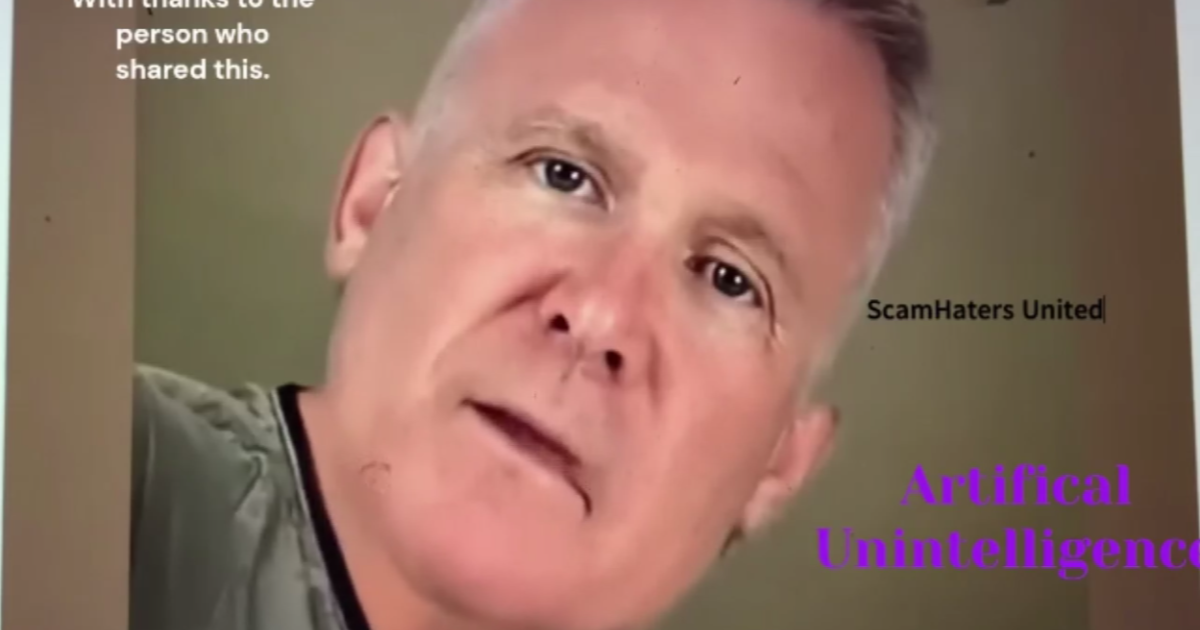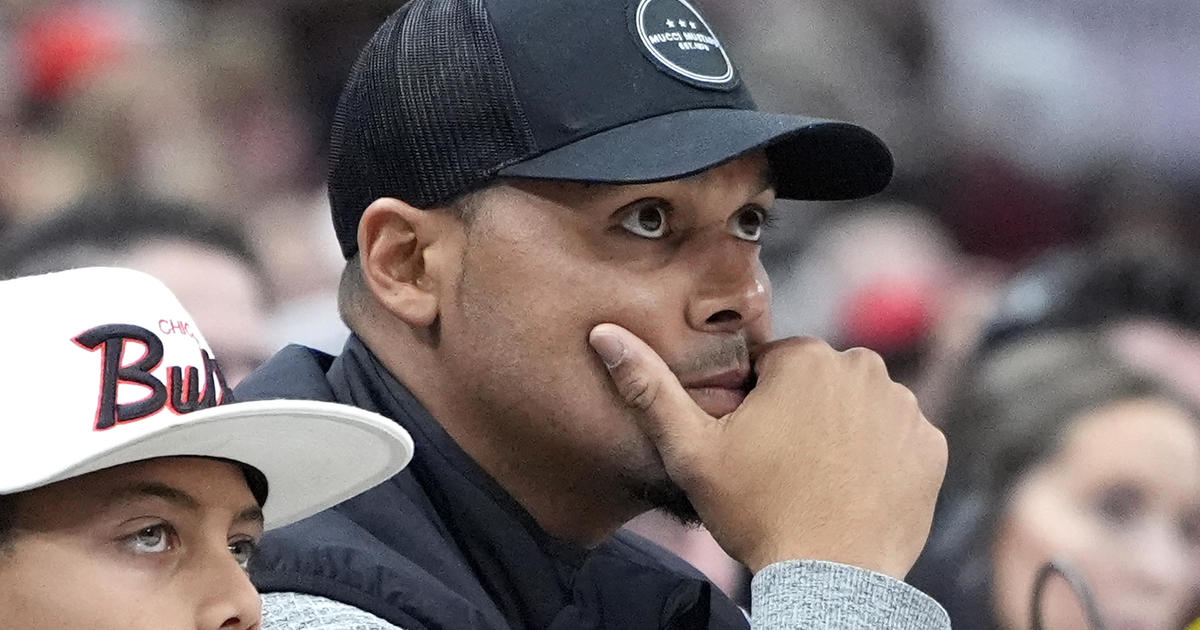Lindholm: The Stupidity of Hockey Fights
(CBS) -- I am not a hockey expert. I enjoy the game -- I had season tickets to the minor league team that played in the Quad Cities but am not a dyed-in-the-wool Blackhawk fan from birth.
Last year's playoffs were amazing and it will be some time before I forget how the Blackhawks closed out the Cup. But I'm not a hockey expert and don't claim to be one, which is why I reached out to people smarter than me for advice on this column, and Matt McClure of the Committed Indian and Nick Shepkowski and Jay Zawaski of The Score were kind enough to respond.
I have data from 2006-07 through 2012-13 showing every goal and penalty and when they occurred in the game. This table tells the story by itself:
Adapted from data at hockey-reference.com--click on image to enlarge
The incidence of penalties, penalty minutes and major penalties shows little variation between the regular season and the playoffs. However, the number of fights drops from one-half to one-quarter of the incidence during the regular season. Teams don't fight in the playoffs, and I could probably stop writing and let the chart speak for itself. If fighting is so important, if it's such an integral part of the game, if it's absolutely vital in order to maintain order, why does it disappear during the most important part of the season?
Consider one playoff game last year--Montreal faced Ottawa in the first round. The series was tied 1-1 entering Game 3, during which a total of 257 penalty minutes were assessed including 15 fighting penalties and 14 additional major penalties. When did these important momentum-changing fights occur? They started with 13 minutes left in the 3rd period and Ottawa leading 4-1 and continued through the end of the game. In those last 13 minutes 227 penalty minutes were assessed. Montreal rode that wave of momentum to lose the game and the next two as well to exit the playoffs.
McClure pointed out only two teams have won the Stanley Cup while leading the NHL in fighting majors, the 1975 Philadelphia Flyers and 2007 Anaheim Ducks. In the playoffs, fights often occur after the game is decided, often in a lopsided manner. This isn't "sending a message" or trying to shift momentum, it's retaliation pure and simple, taking cheap shots when unable to control events on the ice. Teams don't keep fighters on playoff rosters because in economic terms they're a luxury, players who can't be afforded when the stakes are the highest.
Consider Blackhawks stars like Jonathan Toews, Patrick Kane, Patrick Sharp and Duncan Keith, who combined for a total of two fights in the 2012-13 season. The Hawks' leader was Brandon Bollig with five, good enough for a tie for 42nd in the NHL, and yet somehow the Hawks won the Stanley Cup. Toronto led the league with 44 fights, followed by Boston with 34 -- and what did Boston do in the Stanley Cup Finals? There was just one fight between Brad Marchand and Andrew Shaw in Game 3 with the Bruins leading 2-0 and 12 seconds left in the game.
Zawaski explained something that confused me ever since I started doing the research, the idea of how fights begin. In 696 fights during the 2012-13 season only 53 instigator penalties were called. More instigator penalties would make it far easier to track momentum since we could see who started the fight, check the score at the time of the fight and see what ensued, but less than 10 percent of fights also incur it.
"Fights are typically mutually agreed upon by the two fighters. Guys talk and decide to go," Zawaski said.
This is the working definition of pointlessness.
No other professional hockey organization tolerates fighting like the NHL, and no other sport comes even close to tolerating it. In 2009, Tommie Harris was ejected for hitting Arizona Cardinal Deuce Lutui during a game. Was he applauded for being Chicago tough and giving the Bears momentum? No, he was roundly and rightly castigated for losing control and incurring a dumb penalty. The NFL and NBA took steps long ago to remove fighting, and it's time for the NHL to do the same. Both McClure and Zawaski pointed out there's an "unwritten rule" about not fighting with star players and if teams can't take out the opponent's stars or gain advantages by playing 4-on-4, what's the point?
In no way should I be construed as wanting to eliminate physical play in hockey. Teams can play a physical game with plenty of checking without resorting to what is considered assault in any other context. Imagine if NHL goons swung their sticks at opponents' heads. What would the reaction be? Calls for immediate suspension, banishment from the league and criminal proceedings. And yet swinging a fist instead of a stick makes it acceptable? Simply ridiculous.
It's plainly obvious every general manager, coach and player realizes the playoffs are too important for something as silly as fighting. It's time to ban an anachronism that never made any sense in the first place. Players don't spike each other in baseball, dangerous tackles have been eliminated in football and the games go on because people recognize these types of borderline-criminal behaviors detract from the game instead of enhance it. With Olympic hockey coming up we'll have an opportunity to see what fight-free hockey on bigger rinks looks like, and we won't be disappointed. Every sport wants the stars to be able to shine, not pummeled and harassed into ineffectiveness.
It's time for the NHL to join the modern era and eliminate needless injury and mayhem.
Special thanks to Matt McClure, Nick Shepkowski and Jay Zawaski for their help with this column. Follow Scott on Twitter at @ScottLindholm




